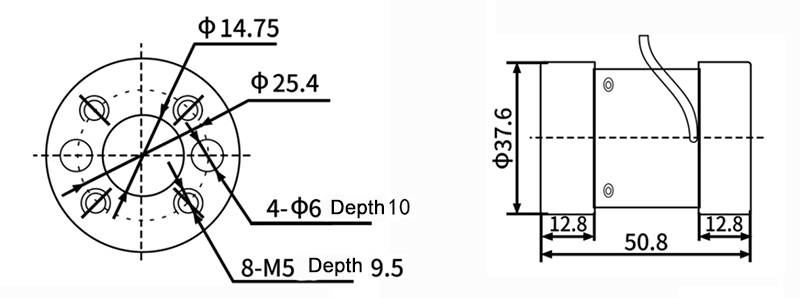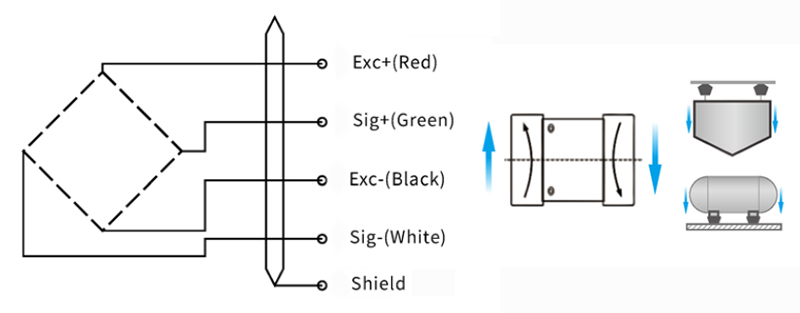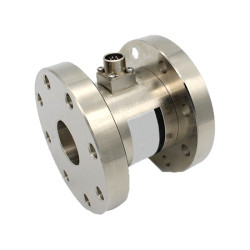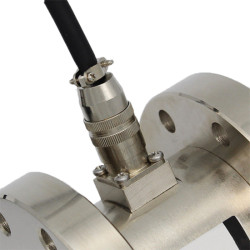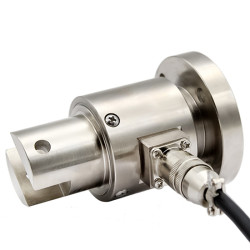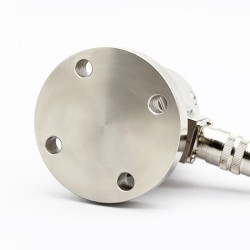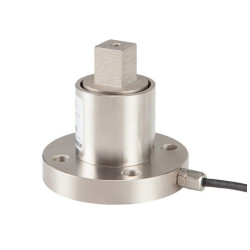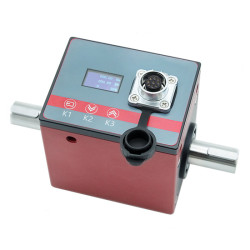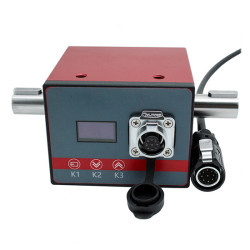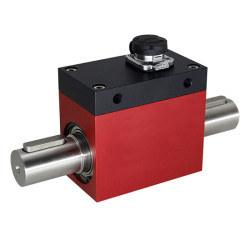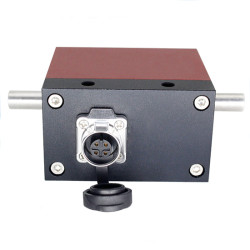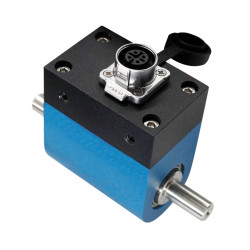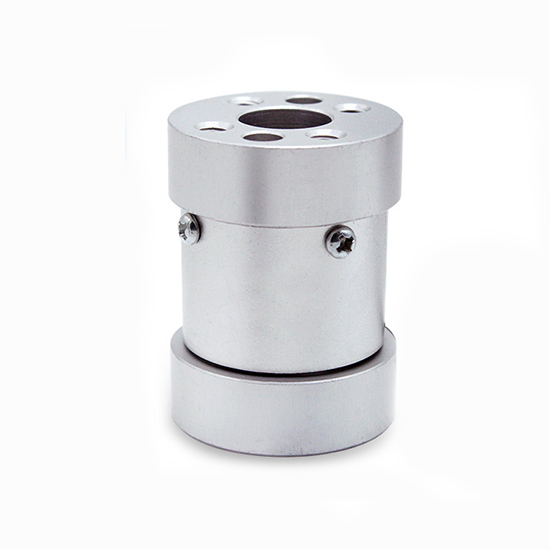
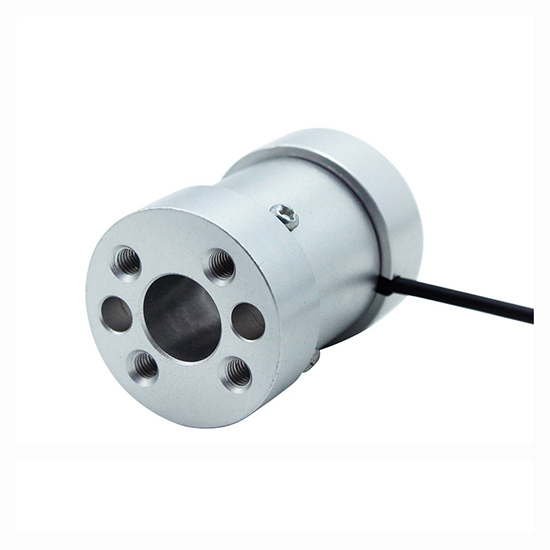
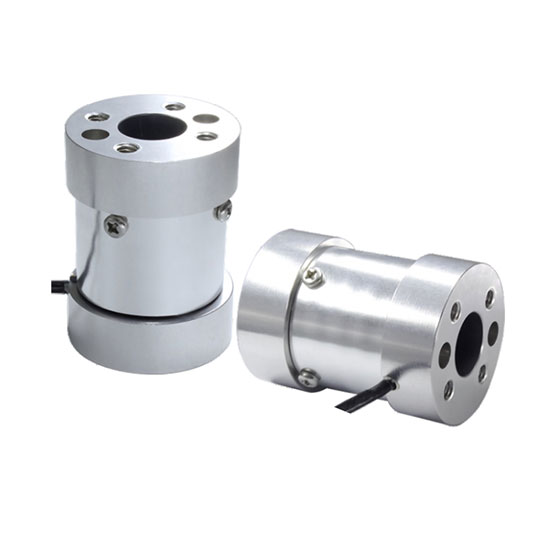



- Stock: In Stock
- Model: PEACO-DYJN104
- SKU: PEACO-DYJN104
Available Options
The micro torque sensor (reaction torque sensor) has compact structure, IP65 protection grade, made of aluminum alloy, 150%F.S. safety overload, 0.5 Nm~150 Nm capacity, -20℃~+80℃ operating temperature, easy to install. Ideal torque sensor for static torque measurement and non-continuous rotational torque measurement. The torque transducer price is competitive.
Please contact us for the transmitter datasheet and user manual.
Features & Benefits
- Wide range of torque sensor capacity. 0.5 Nm, 1 Nm, 2 Nm, 3 Nm, 5 Nm, 6 N, 10 Nm, 20 Nm, 30 Nm, 50 Nm, 100 Nm, 150 Nm for your choice.
- Custom torque sensor capacity. Torque sensor capacity can be customized for you if you have special requirements and bulk orders.
- Optional transmitter. A load cell transmitter can directly be matched with the torque sensor to output standard current and voltage signal as a torque measurement device with AD card, PLC or DCS directly. The output signal can be 0~±5V, 0~±10V, 0-20mA, 4-20mA.
- Small size, light weight, no base, easy to install and convenient use.
- The micro torque sensor can measure static torque, with high detection accuracy, good stability.
- The static torque can be continuously measured without repeated zero adjustment.
- Comes with strong anti-interference, can be installed in any position and any direction.
- The strain elastomer is strong and can bear 150% load.
- The reaction torque sensor can be used with a matching instrument to calibrate for torque wrench.
Specifications
- Model: PEACO-DYJN104
- Capacity: 0.5 Nm, 1 Nm, 2 Nm, 3 Nm, 5 Nm, 6 N, 10 Nm, 20 Nm, 30 Nm, 50 Nm, 100 Nm, 150 Nm (Optional)
- Output signal: 0-±5V, 0~±10V, 0-20mA, 4-20mA (Optional)
- Material: aluminum alloy
- Output sensitivity: 2.0mV/V
- Zero balance: ±2% F.S.
- Non-linearity: 0.05% F.S.
- Hysteresis: 0.05% F.S.
- Repeatability: 0.05% F.S.
- Creep: 0.05%F.S./30min
- Temperature drift on zero: 0.05% F.S./10℃
- Temperature effect on output: 0.05% F.S./10℃
- Response frequency: 10kHz
- Impedance: 350Ω
- Insulation resistance: ≥5000MΩ/100VDC
- Supply voltage: DC 5-15V
- Operating temperature: -20℃~+80℃
- Humidity: 0~90% RH
- Safety overload: 150%
- Ultimate overload: 200%
- Protection class: IP65
- Cable size: Φ3mm x 2m
- Cable ultimate pull: 10kg
- Wiring: Exc+: Red, Exc-: Black, Sig+: Green, Sig-: White
- Warranty: 18 months
- Weight: 0.5kg
Applications
The static torque sensor is widely used in static torque testing systems such as testing machines, torque wrenches, steering gears, electric actuators, valves, static load torques of transmissions and hydraulic pressure.
How to use the sensor?
The sensor itself outputs mv signal, which is too small and generally can not be used directly. Operators need to use an amplifier or instrument to use the micro static torque sensor.
Micro Torque Sensor Dimension (unit: mm)
Sensor Wiring Diagram & Sensor Force Diagram

